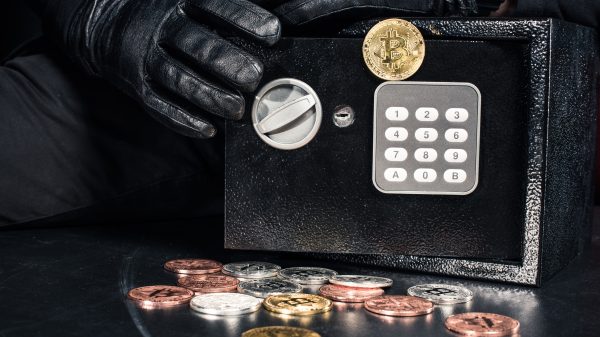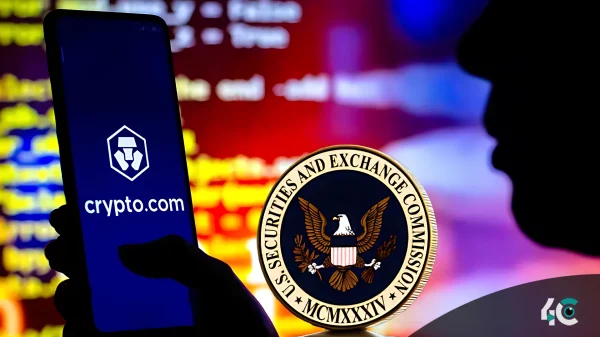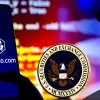The Smithsonian’s National Numismatic Collection now houses a MacBook Pro that played a key role in the investigation of one of the greatest bitcoin thefts ever. Chris Janczewski, a former IRS agent, used his laptop to trace down and recover 120,000 Bitcoin stolen from the Bitfinex exchange in 2016. This seizure, worth $3.6 billion at the time, was the greatest financial recovery ever made by the United States Department of Justice.
The case featured Ilya Lichtenstein, who hacked Bitfinex and then collaborated with his wife, Heather Morgan, to launder the stolen bitcoin. In recent weeks, authorities apprehended the pair and found them guilty of their crimes, resulting in Lichtenstein serving five years in prison and Morgan serving 18 months.
The Smithsonian’s “The Value of Money” gallery, examining the history of money through diverse objects from ancient cash to modern financial technologies, will house the laptop. The addition of Janczewski’s laptop represents a watershed point in the history of digital currencies. This artifact represents not just a critical step in resolving a high-profile crime but also a shift in public perception of Bitcoin’s traceability.
Janczewski’s work was significant as it proved that Bitcoin, previously believed to be completely anonymous, could indeed trace its path across the blockchain. The laptop’s role in revealing the theft and, eventually, recovering the monies is a watershed moment in the emergence of cryptocurrencies as both a financial asset and a weapon for police enforcement.















































